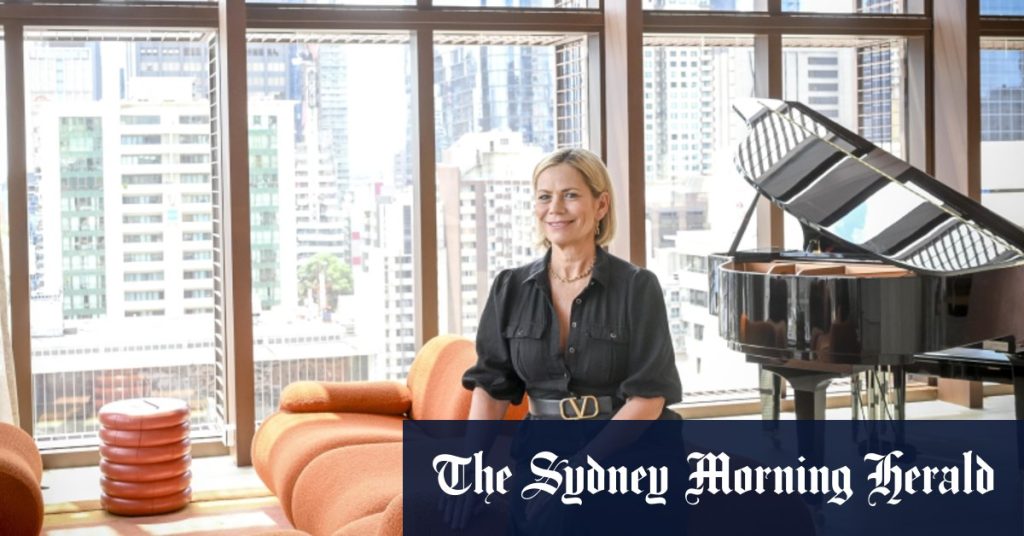The Melbourne hotel market is experiencing a resurgence, with prices reaching a five-year high driven by strong demand for luxury accommodations. The average nightly rate in November climbed to $234, surpassing pre-pandemic levels of $204. This surge is attributed to the influx of new high-end hotels that have opened their doors in the past two years, including prominent names like the Ritz-Carlton, Lanson Place, Le Meridien, and Melbourne Place. These new establishments offer guests premium experiences and amenities, further emphasizing the shift towards luxury in the market. While occupancy rates have yet to fully recover to pre-pandemic levels of 86.6%, the current rate of 78.8% indicates a steady recovery and growing confidence in the travel sector.
The opening of these lavish hotels has significantly impacted pricing dynamics within the Melbourne market. The Ritz-Carlton, for instance, commands a nightly rate of $700, while the W Melbourne is priced at $515. These higher price points reflect the elevated services, luxurious amenities, and prime locations these hotels offer. The demand for such premium experiences is evident in the booking trends observed at newly opened establishments like Melbourne Place. Contrary to expectations, the premium rooms with upscale features like separate living areas, designer furniture, balconies, freestanding baths, and high-quality linens are booked first, demonstrating guests’ willingness to invest in enhanced comfort and luxury.
The trend of prioritizing premium accommodations highlights a shift in consumer preferences within the hospitality industry. Travelers are increasingly seeking unique and memorable experiences, placing a premium on comfort, convenience, and personalized service. The demand for luxury hotels aligns with this trend, offering guests a heightened experience beyond the basic necessities of accommodation. This shift is further fueled by pent-up demand from the pandemic period, encouraging travelers to indulge in more luxurious options.
This emphasis on high-end hotels also reflects Melbourne’s growing appeal as a tourist destination. The city’s vibrant cultural scene, renowned culinary offerings, and world-class events attract both domestic and international travelers. The addition of luxury hotels caters to this discerning clientele, further solidifying Melbourne’s position as a premier travel destination. These establishments contribute to the overall appeal of the city, enhancing its reputation and attracting a wider range of visitors.
The rise in hotel prices in Melbourne is not solely attributed to the influx of luxury accommodations. Several other factors contribute to this trend, including increased operational costs, inflationary pressures, and the global recovery of the travel industry. The rising cost of labor, utilities, and supplies puts upward pressure on hotel pricing. Furthermore, global inflationary trends further exacerbate these cost increases, impacting the overall pricing strategy of hotels. The resurgence of travel demand worldwide further contributes to increased prices as hotels strive to maximize revenue amidst recovering occupancy rates.
Looking forward, the Melbourne hotel market is expected to remain dynamic. The continued demand for luxury accommodations, coupled with the anticipated growth in tourism, suggests sustained upward pressure on pricing. However, the market will also be influenced by factors such as economic conditions, travel trends, and the emergence of new competitors. The balance between supply and demand, along with the evolving preferences of travelers, will ultimately shape the future trajectory of the Melbourne hotel market. The ability of hotels to adapt to changing market dynamics and offer innovative services will be crucial for sustained success in this competitive landscape.

